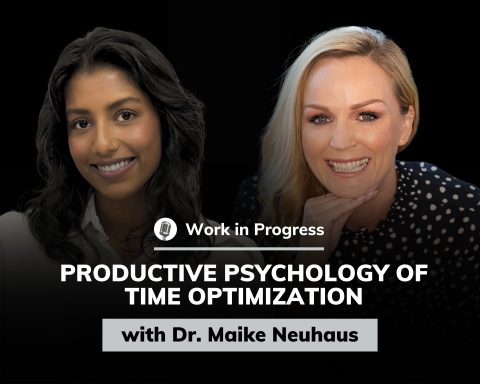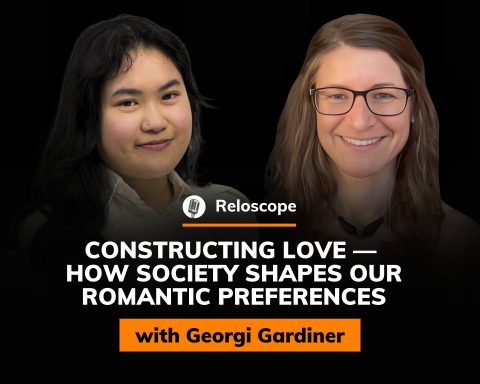In the podcast, Stephanie shares her thoughts on how AI tools are assisting artists nowadays, both positively and negatively. Listeners could gain some useful insights into both the promising pathways and potential pitfalls that emerging technologies present for creative workers today.
Meet Stephanie Drawdy
Stephanie Drawdy is a multi-talented artist, writer, and advocate who focuses on the intersection of art, law, and social justice. Through her painting series “Elicit Justice,” she spotlights the important issues of art restitution and human rights.
Stephanie’s work “Elicit Justice” series can be viewed on her fine art website, StephanieDrawdyFineart.com. This ongoing collection of paintings explores themes of reclaiming stolen or displaced art and promoting the rights and dignity of marginalized communities.
In addition to her visual art, Stephanie is also deeply engaged in writing and podcast production through her project “Warfare of Art and Law.” This platform delves into a range of arts-related legal topics, including art restitution, copyright, and artist rights. The podcast episodes can be accessed on the dedicated website, WarfareofArtandLaw.com.
Beyond her creative and educational endeavors, Stephanie is also committed to supporting the arts community through her non-profit initiative, Art Haus for Justice. This organization provides arts-based programming and resources, with a particular focus on assisting victims of human trafficking in their healing and personal growth through creative expression.
About the episode
In the podcast, Stephanie dives into how AI tools are already influencing different kinds of creative work, for better and worse. She explains how some artists have felt taken advantage of when programs just copy what they’ve made without asking or paying them for it. At the same time, Stephanie told people inspiring stories about tools being developed the right way, with consideration for creators.
Stephanie has such an expansive view of what counts as art—she sees it in tending a garden or practicing law, and even went to law school partly as her own creative project! When applying computers to artwork, she stresses thinking carefully about what information gets used so no one gets in copyright trouble.
The discussion even touches on how computers may help examine art pieces in the future. While Stephanie thinks machines will get better at analyzing artistic styles, humans will still need to make the final call—there’s no replacing human judgment and experience.
Here are some tips Stephanie provides on how artists can use AI tools ethically in their practice:
- Experiment with different AI generators and writing prompts to see what works best for your goals. Be prepared for outputs to be repetitive at times.
- For original artwork, prompts based on public domain sources are safer than using your own copyrighted work, which could risk infringement claims.
- Carefully craft prompts using descriptive language rather than directly copying or paraphrasing existing works. Say “in the style of” instead of copying lyrics for example.
- Tools like DALL-E, Midjourney, and Stable Diffusion can generate unique images based on text and guidance. Keep refining prompts until you’re satisfied.
- Consider having the AI generate drafts you can then refine through your own artistic skills and process, rather than relying on AI outputs as final works.
In conclusion
Stephanie provides a wealth of valuable insights on navigating the exciting yet complex intersection of art and AI through an ethical lens. Her tips offer a balanced perspective—while current AI tools have their limitations, the technology also shows promising potential to assist in areas like art authentication if developed responsibly. However, Stephanie rightly emphasizes that human creativity, vision, and skill remain absolutely integral. AI should complement the artist’s unique abilities, not replace them.
Be the first to see our next episode. Follow us on social media to stay updated:
You can also subscribe and listen to the show on your preferred podcasting platforms:




